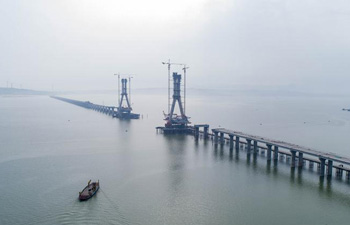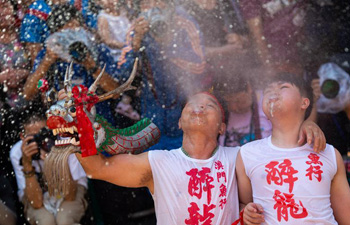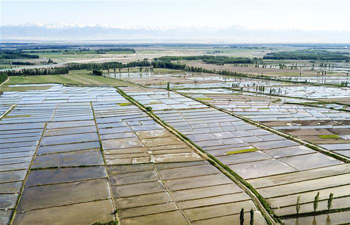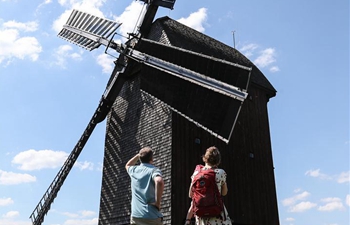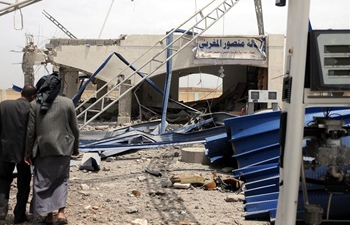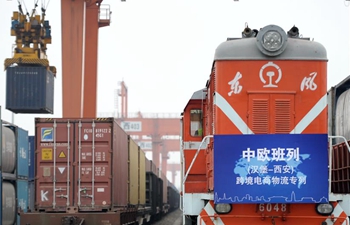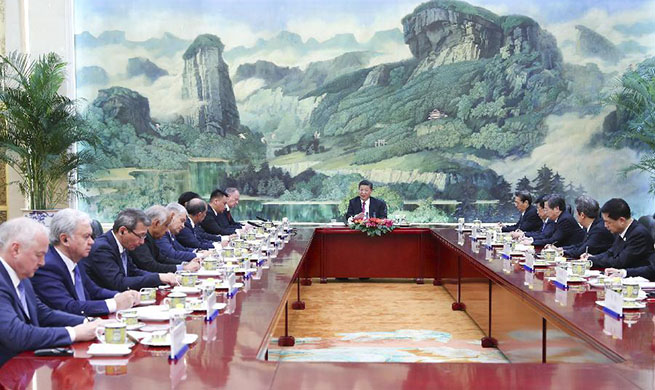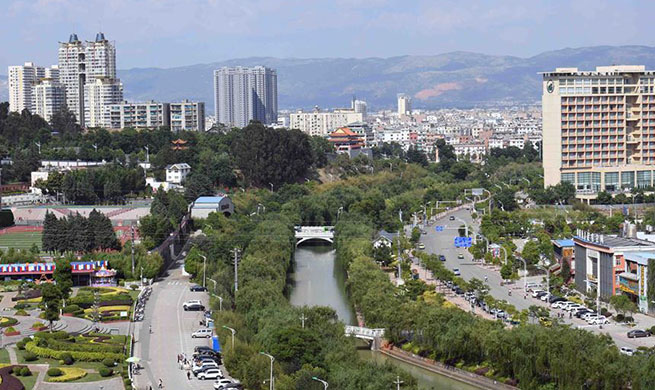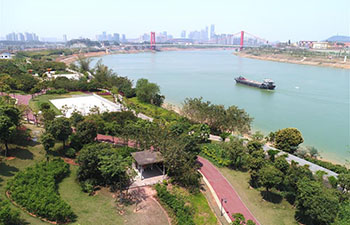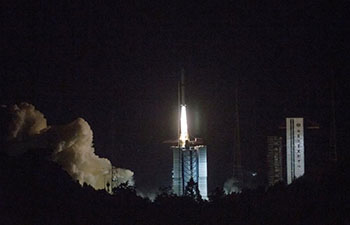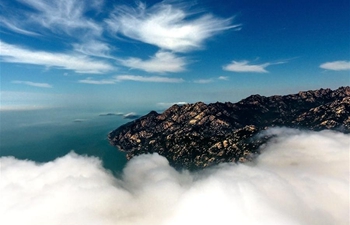UNITED NATIONS, May 22 (Xinhua) -- The United Nations and other relief organizations are trying to mitigate the effects of monsoon rains on more than 1 million Rohingya in Bangladesh refugee camps - up to 200,000 of them at risk of flooding and landslides, the UN chief's spokesman said Tuesday.
Stephane Dujarric told reporters, "The latest reporting ... indicates that more than 7,000 people were affected by storms or landslides in the week of May 7-14 alone, at the start of the monsoon season."
The annual rainy season typically dumps 2.5 meters on the Cox's Bazar district in southernmost Bangladesh across the border from Myanmar's Rakhine State, he said. "As a result, 150,000-200,000 refugees and 883 community facilities are at risk from flooding and landslides during the monsoon season, including 25,000 refugees at critical risk."
The sprawling and hilly Kutupalong and Balukhali sites in Cox's Bazar hold the bulk of the more than 1 million refugees in Bangladesh the UN Refugee Agency (UNHCR) has counted.
The agency said more than 670,000 of them fled killings and rape since Aug. 25 when Rohingya militants allegedly staged deadly attacks on government security posts in northern Rakhine State.
Alleged fierce retaliation at the hands of government and civilian militias prompted the Muslim ethnic minority Rohingya to flee burning homes and villages into neighboring Bangladesh.
The UN agency said that while it recognizes the experience Bangladesh has developed in dealing with monsoons annually, "the present situation in the camps is unique in scope and volume."
The international humanitarian community is working to support and protect the refugee communities most at risk, Geneva-based UNHCR has said.
It is seeking more flat land on the Bangladesh mainland to temporarily relocate the refugees because the lack of sufficient safe space for at-risk refugees, and the lack of safe shelters limit risk mitigation possibilities.




